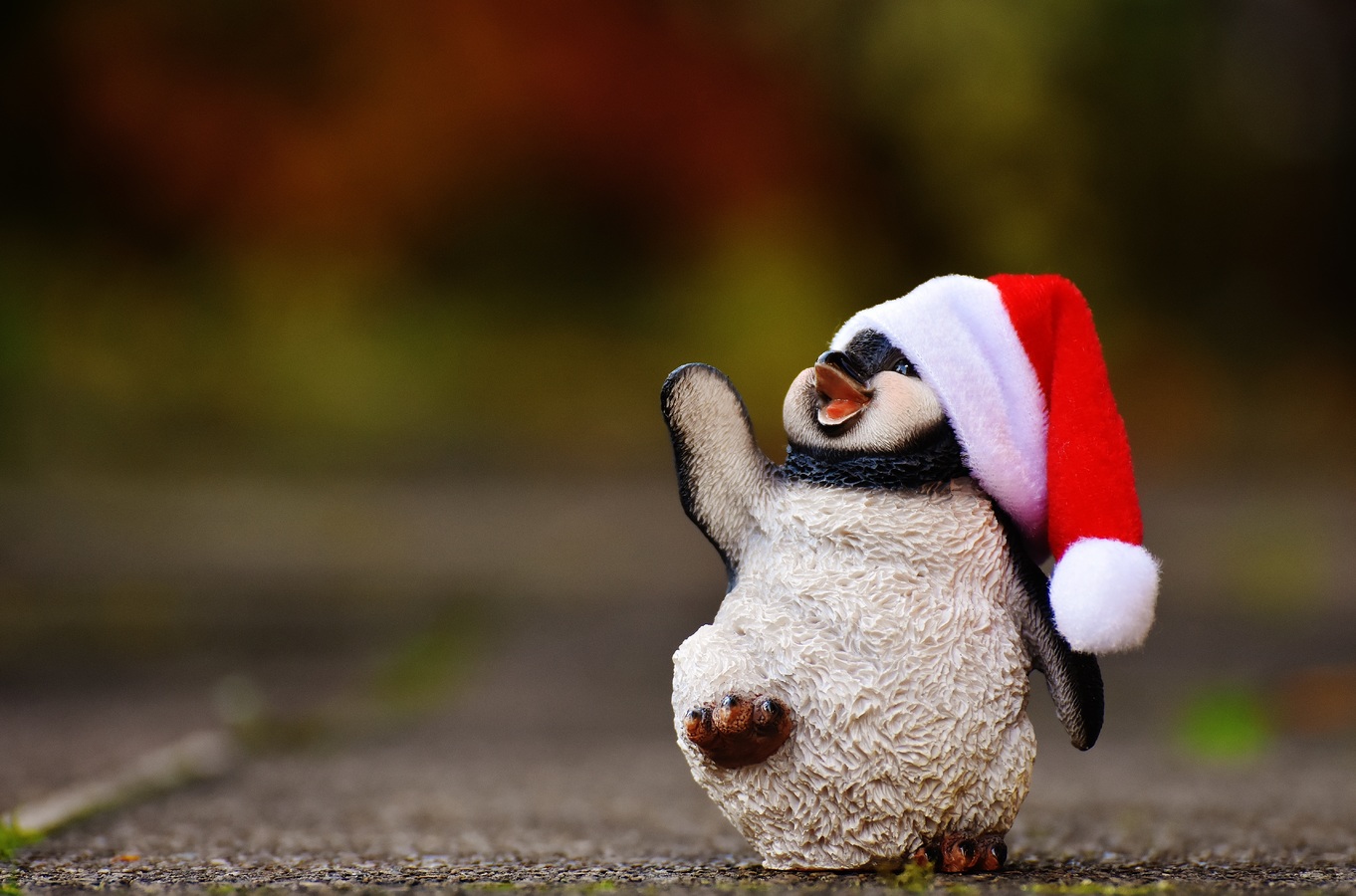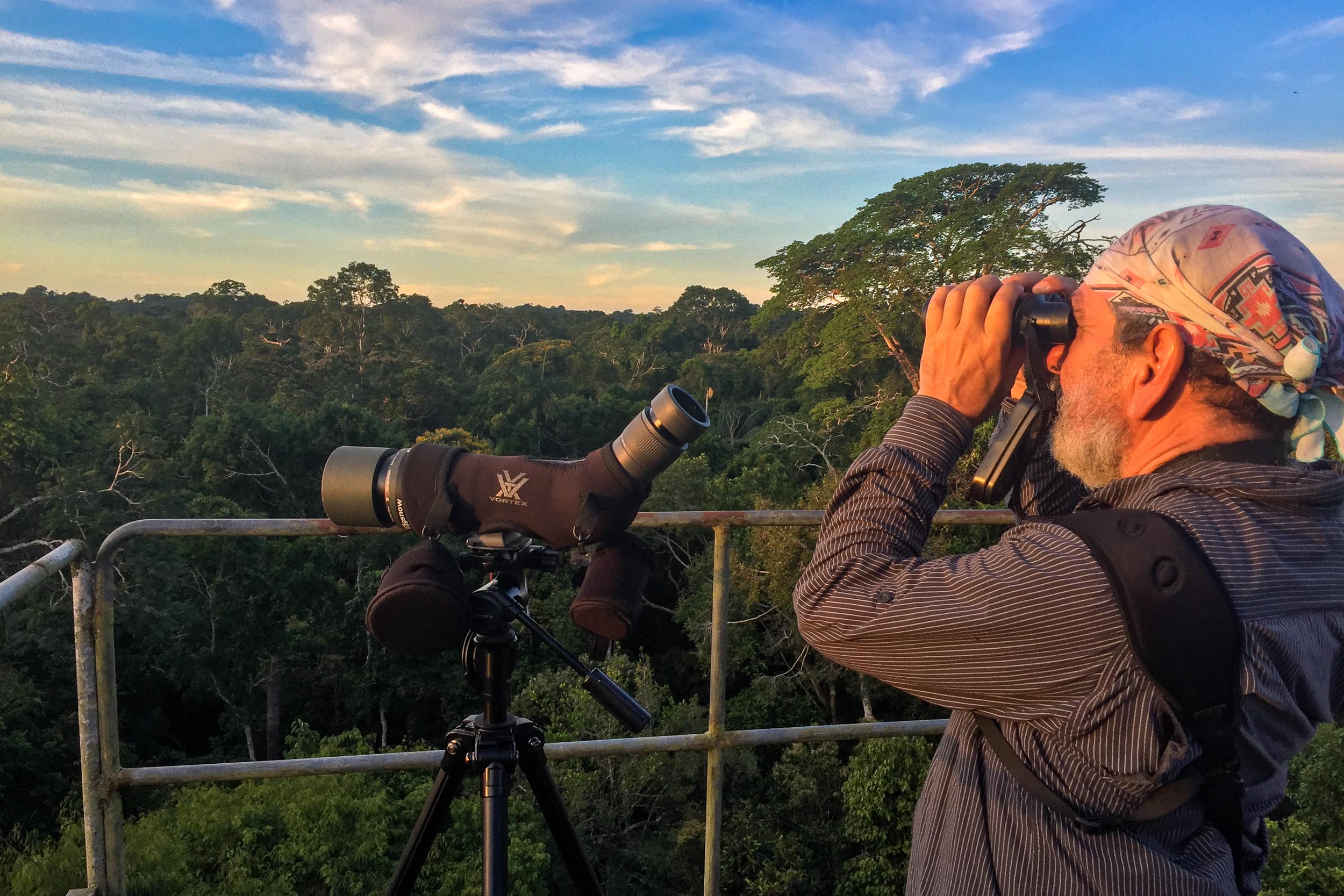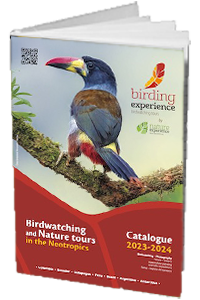For many, Christmas is about sleighs, decorations, and gifts. But for “Grinch-ornithologists,” it’s all about birds, birdwatching outings, and the famous Christmas Bird Count.
For over a century, this North American tradition has been carried on and has spread to many countries worldwide. Amateur birders, curious nature lovers, specialized guides, and other enthusiasts join forces to count birds.
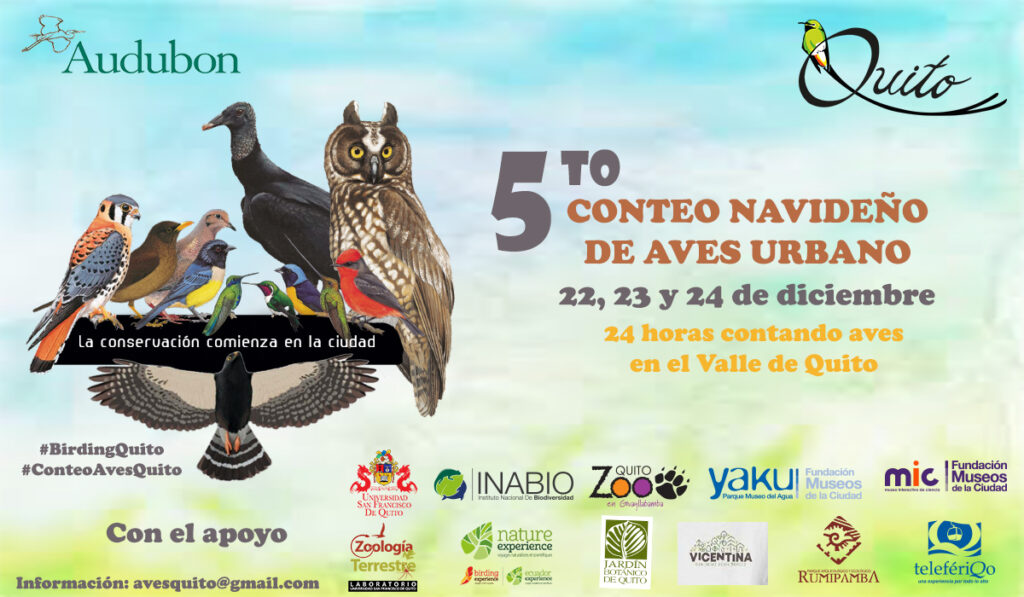
Between December and January, thousands of volunteers come together for this census in places like Saint Pierre and Miquelon, Canada, Mongolia, Colombia, and Ecuador. Under the guidance of an experienced leader, groups are formed to track down birds—all birds—and count as many species as possible within a specific location over 24 hours.
All that’s needed? An alarm clock, binoculars, sharp ears, and keen eyes.
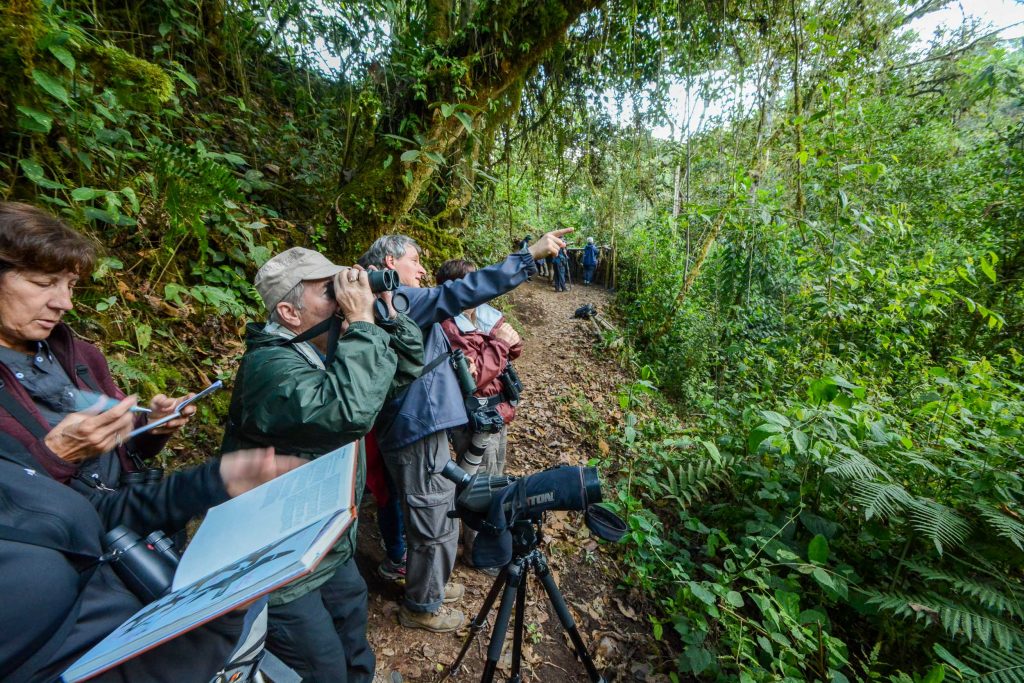
During the 24-hour period, participants systematically record all visual and auditory observations within a 24-kilometer-diameter area, called a “circle,” which must be pre-registered with the Audubon Society. This organization manages the collection, analysis, and publication of data from this global annual census. The United States often boasts the highest participation (in submitted lists), which isn’t surprising given its size, population, and role as the event’s originator.
However, the perennial champion is Ecuador! Surprising? Not at all. Ecuador is home to over 1,680 bird species within a compact area of just 250,000 square kilometers. Thanks to the dramatic altitudinal gradients of the Andes, a single 24-kilometer-diameter circle can encompass a remarkable variety of vegetation zones, climates, and ecosystems, allowing for the observation of over 550 bird species. The annual title often comes down to two Ecuadorian birdwatching hotspots: Mindo, in the Chocó subtropical zone, and Cosanga, in the upper Amazon.
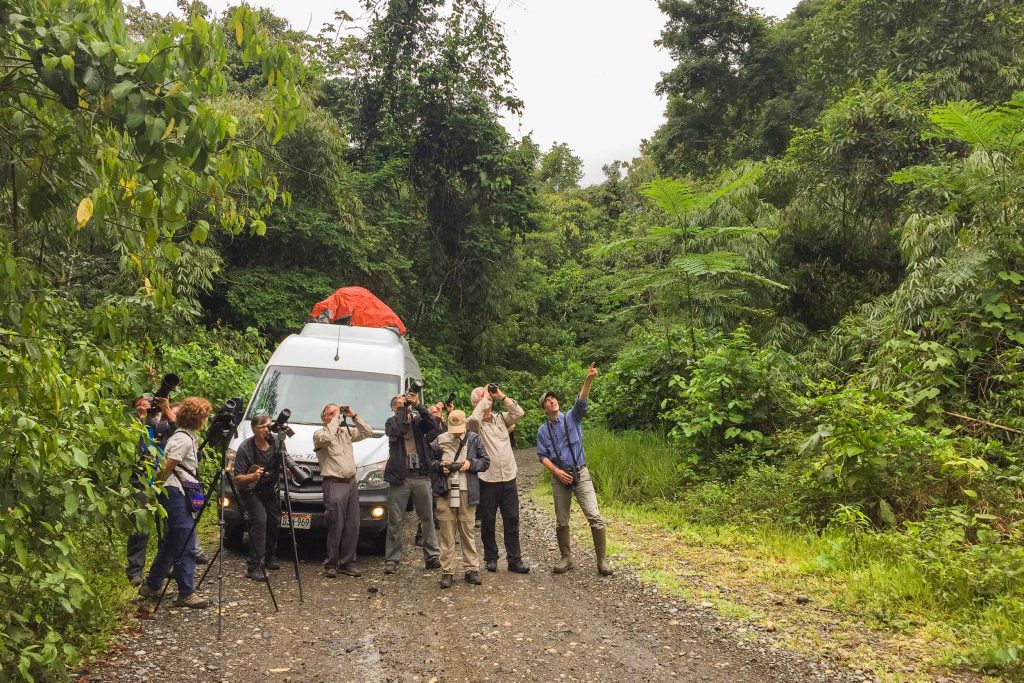
But beyond the competition, the Christmas Bird Count is one of the world’s most significant citizen science initiatives. Imagine over 65,000 participants, year after year, returning to the same sites to record not only species numbers but also individual counts. This vast database is invaluable for students and researchers, providing insights into questions such as:
- Which species are declining or recovering?
- What are the effects of climate change on specific species?
- How does deforestation impact certain bird communities?
The simultaneous efforts of so many observers also increase the likelihood of spotting rare or endangered species.
Ultimately, this is a fantastic way to contribute to citizen science, actively support scientific progress, and help advance knowledge for better ecosystem protection. In this case, it’s a direct effort to combat the decline of bird populations worldwide.
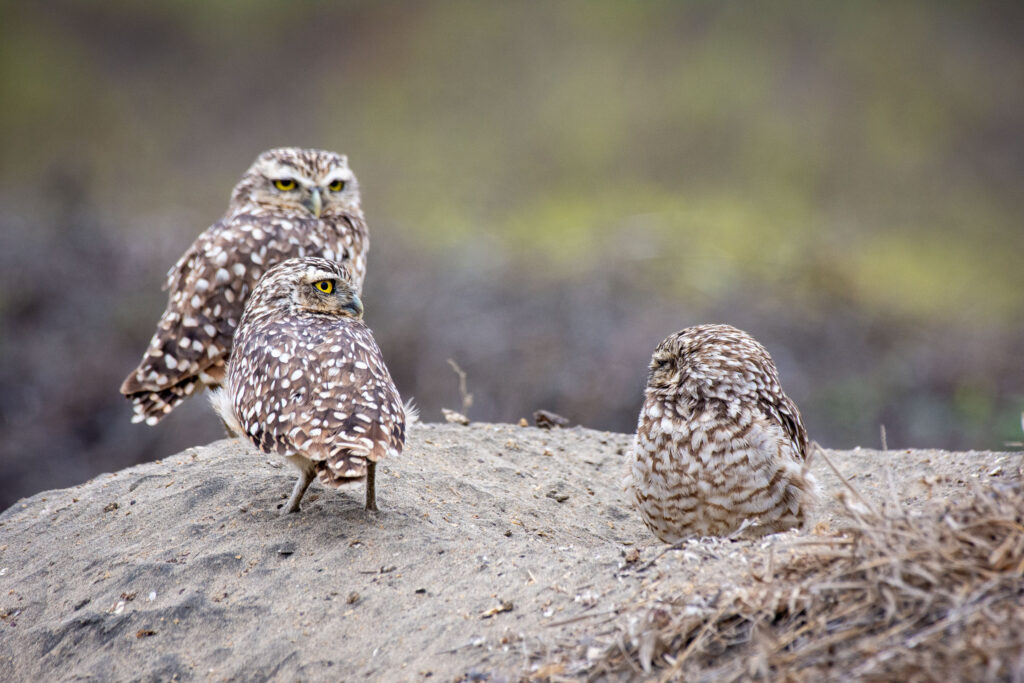
Like many other countries, Ecuador is gearing up again for this grand social and ornithological event—this will be the 119th edition. Nature Experience will once again support various counts.
Join in with family or friends, whether from your garden or the nearest forested area. Grab your binoculars and participate in this incredible gathering with nature!
For more information, visit the Audubon Society’s page: Audubon Christmas Bird Count.
And create an account on eBird to submit your Christmas Bird Count list.
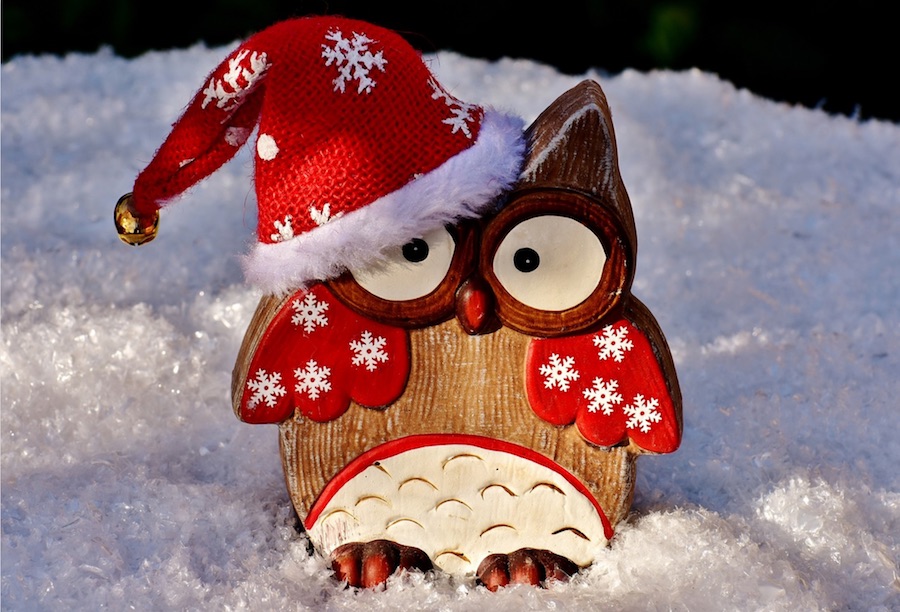
By Xavier Amigo, your feathered Santa Claus for the big Christmas count.
